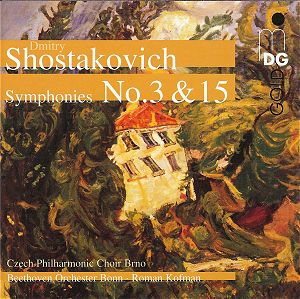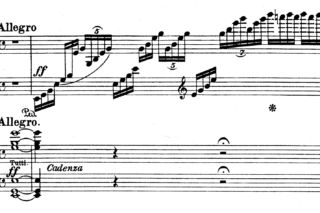

But here, the ferocious C-minor runs with which the piano subsequently enters are purest, most Beethovenian drama.

Most strikingly, as the late Charles Rosen noted, Beethoven’s solo arpeggios in the coda recall portions of Mozart’s in his work. 491 first movement is stated by the low strings in the ninth measure of the Beethoven. A thematic fragment – C–E-flat–A-flat – of the theme of the Mozart K. Both open with the strings softly playing an ascending figure, the winds joining in for the first climax. The Concerto bridges the divide between Beethoven’s two earlier, more clearly Mozart-derived concertos and a more personal style, while simultaneously showing a keen awareness of Mozart's most Beethoven-like concerto, K. The C-minor Concerto had a second “premiere” in Vienna a year later, from the finished manuscript – presumably without hieroglyphs – when the soloist was Ferdinand Ries. My anxiety not to miss such a nod amused him greatly and the recollection of it at our convivial dinner after the concert sent him into gales of laughter.” So, whenever he reached the end of some invisible passage, he gave me a surreptitious nod and I turned the page. He played most of his part from memory, since, obviously, he had put so little on paper. “I saw empty pages with here and there what looked like Egyptian hieroglyphs, unintelligible to me, scribbled to serve as clues for him. The score of the Concerto was not finished by the time of the rehearsal and indeed it remained a work in progress during the performance, as was noted by another Beethoven pupil, Ignaz von Seyfried, who considered himself fortunate to have been chosen by Beethoven as his page-turner.


He invited all the musicians to help themselves, and a collegial atmosphere was restored.” Prince Karl Lichnowsky, who was at the rehearsal from its beginning, sent out for large baskets of buttered bread, cold meats, and wine. “At half past two everyone was exhausted and dissatisfied. The orchestra was the Viennese second-string, the city’s best players having been hired by a competing presenter for a performance of Haydn’s The Creation that same evening. The date was April 5, 1803, in the Theater an der Wien, the program offering three premieres: the present work, the Second Symphony, and the oratorio Christus am Ölberge (Christ on the Mount of Olives), as well as a reprise of the First Symphony, first heard a year earlier.Īccording to Beethoven’s pupil Ferdinand Ries, the rehearsal, the only rehearsal for the entire concert, began at 8am and was a shambles. The composer introduced his Concerto in C minor at one of those massive all-Beethoven benefits – with Beethoven as beneficiary – which continues to boggle the mind more than two centuries after the fact.


 0 kommentar(er)
0 kommentar(er)
